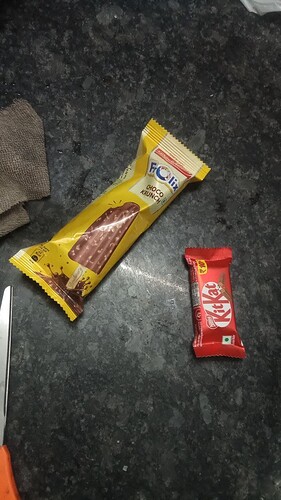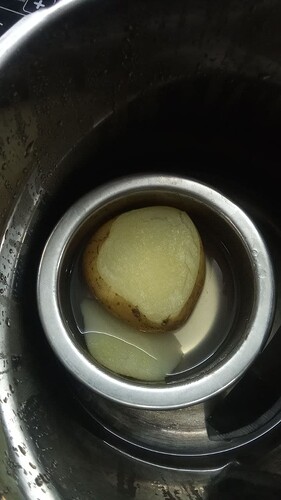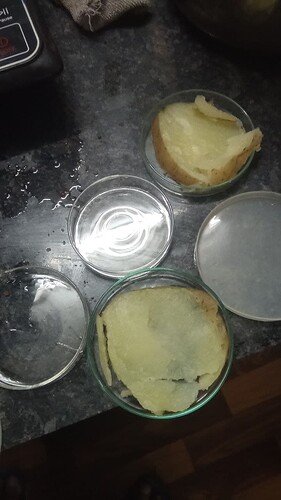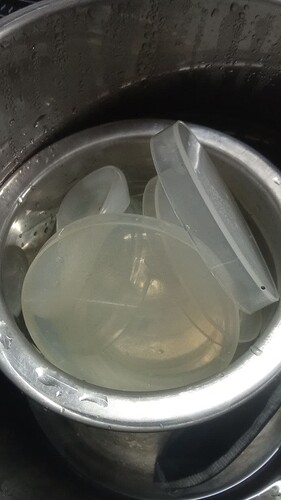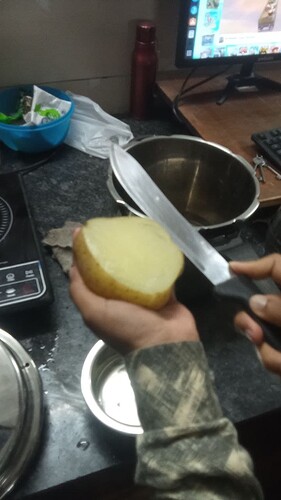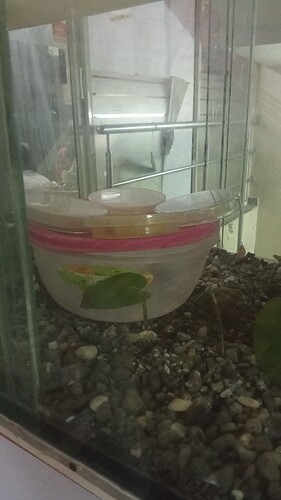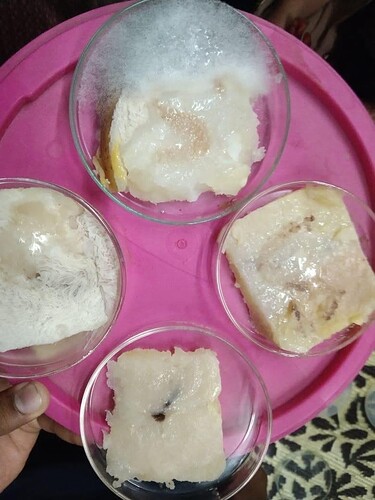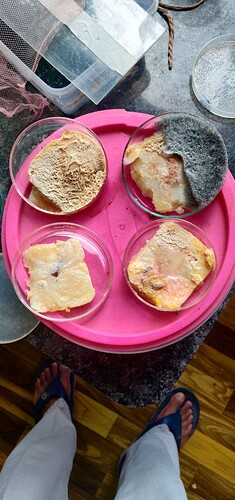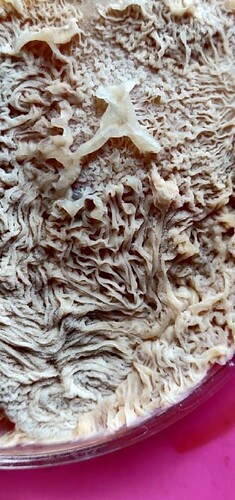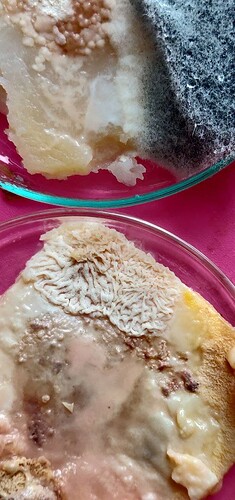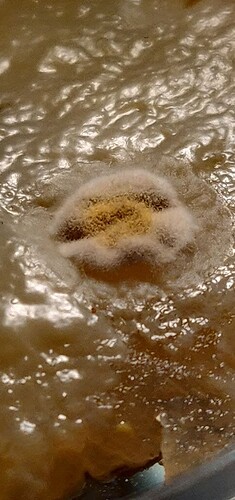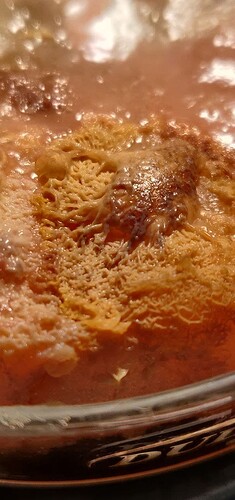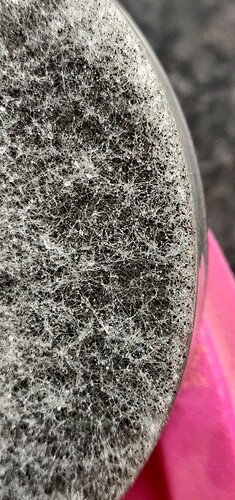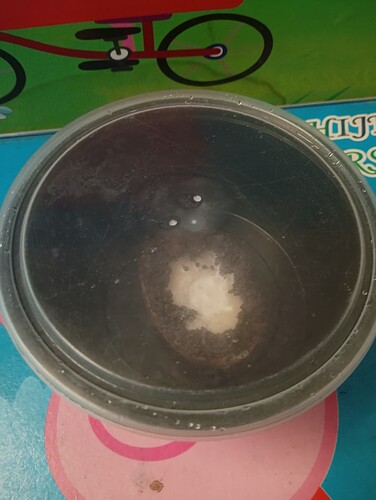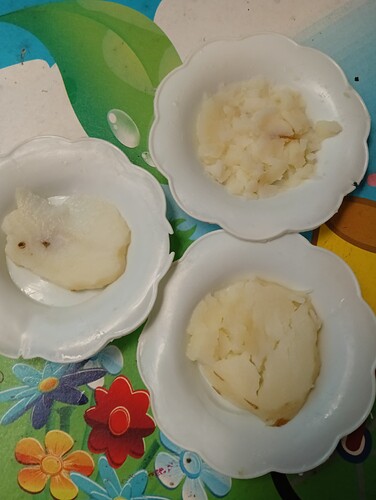Exploring the world of microbiology
21st June, I want to share the project that is taking place at our Living Academy. It’s a first microbiology experiment that happened at LA, done by young students. In this exploration we are about to learn the fascinating world of micro-organisms.
Meet Shahnawaz,
Shahnawaz, a curious 14-year-old student who developed an interest towards bacteria while watching some online videos, where he came to know that ice-cream and chacolates that children eat, may contain bacteria. He asked us to know how to see them under the microscope.
His curious mind led him to discuss his concerns with @GN, and now Shahnawaz is on his new path of exploring microbiology. @GN suggested that though it is not easy to see bacteria under a microscope, because they are very small and need some chemicals to stain them before observing under a microscope, he suggested to make cultures of bacteria which can be seen with naked eye.
The same evening, they eagerly gathered to start the experiment. first we started with sterilizing the containers that we wanted to use.
Their first step was to boil a potato to use as a medium and sterilize the Petri dishes so that they wont contain external bacteria in them. We were told also to wash our hands carefully.
However it’s an home lab experiment so we used a pressure cooker, as an autoclave, to boil the potato and to sterilize the petri dishes.
We carefully made slices of boiled potato using a knife that was also autoclaved.
You must be wondering,Why do we need potato as a medium?
We chose potato because contains carbohydrates and other organic food material, as we don’t have expensive media used in college labs.
Now its time to place them at some place no one can touch it.
As the experiment progressed, other students helped them as well. The students were learning new things, and participated actively, They encouraged and helped each other learning. It was heartwarming to see how they encouraged one another and worked together as a team : )
This project marked the first microbiology experiment undertaken in the last few months, making it all the more special for everyone involved.
This is after 48 hours of observation, without opening the lid.
These are the observations that we got. After 72 hours of careful observation, 25th of June, we were thrilled to see visible colonies of bacteria as well as fungi. We can see their cultures with naked eyes. With Further examination, we discovered fungus on each of the four slides.
Additionally, the other three slides also showed different colonies of bacteria, each slightly different from others. We are yet to learn how to identify which species of bacteria or fungi they are.
We could find three different species on each slide, as indicated by the morphology of each colony. We also noticed black dots on Fungus at the end of the mycelia.
After this minor exploration for three days, we have to carefully dispense with them, because they may spread potential illness amongst the kids if they get exposed to them.
This Microbiology exploration was a valuable learning experience for everyone involved. It not only provided hands-on exposure to microbiology but also fostered teamwork and collaboration among the students. Their dedication shown by the team members was truly commendable.
Though we have no definite conclusions to draw from this exploration, we learned how to autoclave using a pressure cooker, potato slices as medium at home lab. Since we do not have a laminar flow or a septic chamber to do proper microbiology experiments, contamination from the air in the academy is very likely.
Stay tuned for more updates on our exciting projects and experiments at the academy! Let’s continue exploring the wonders of science together…

